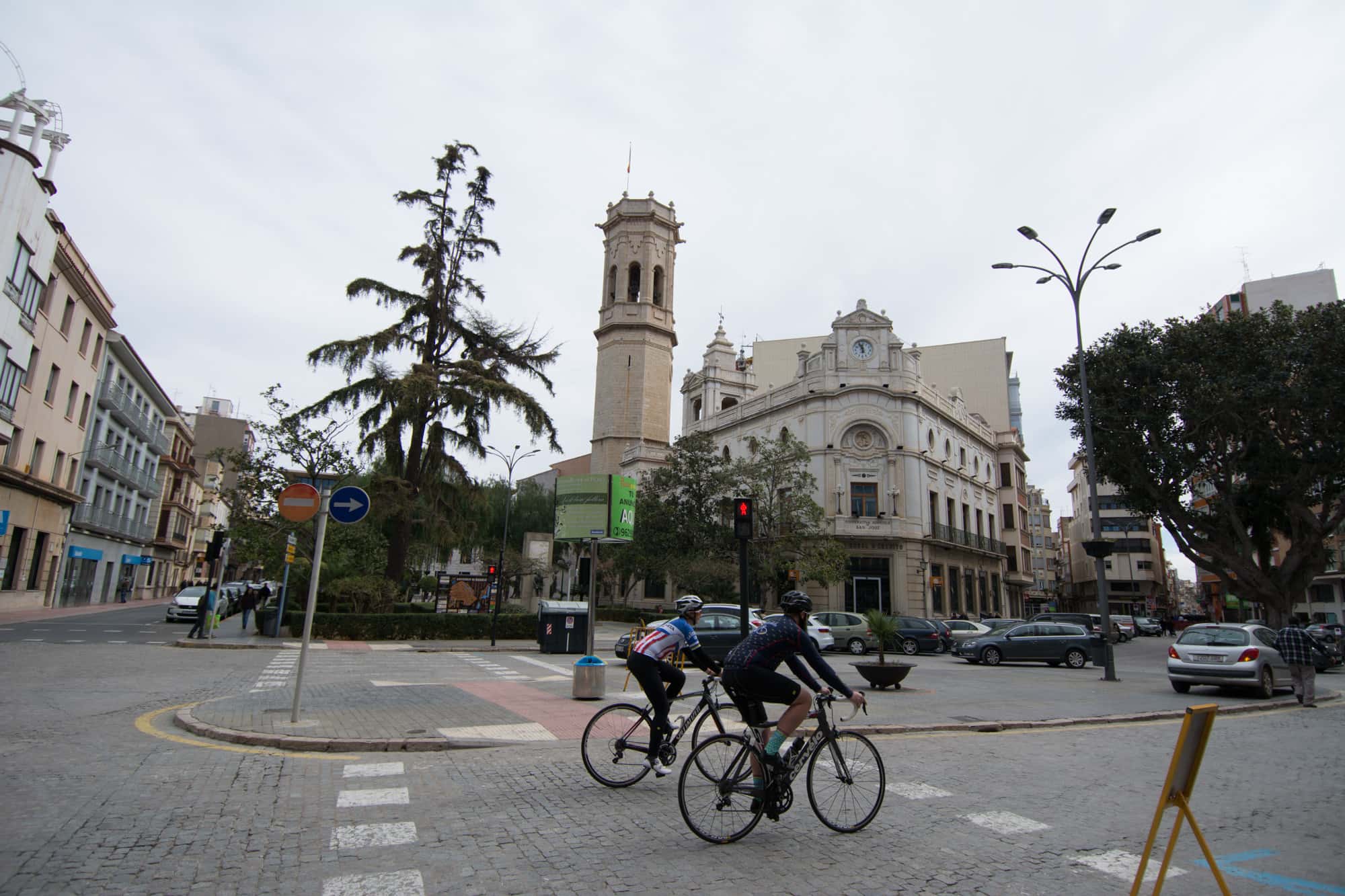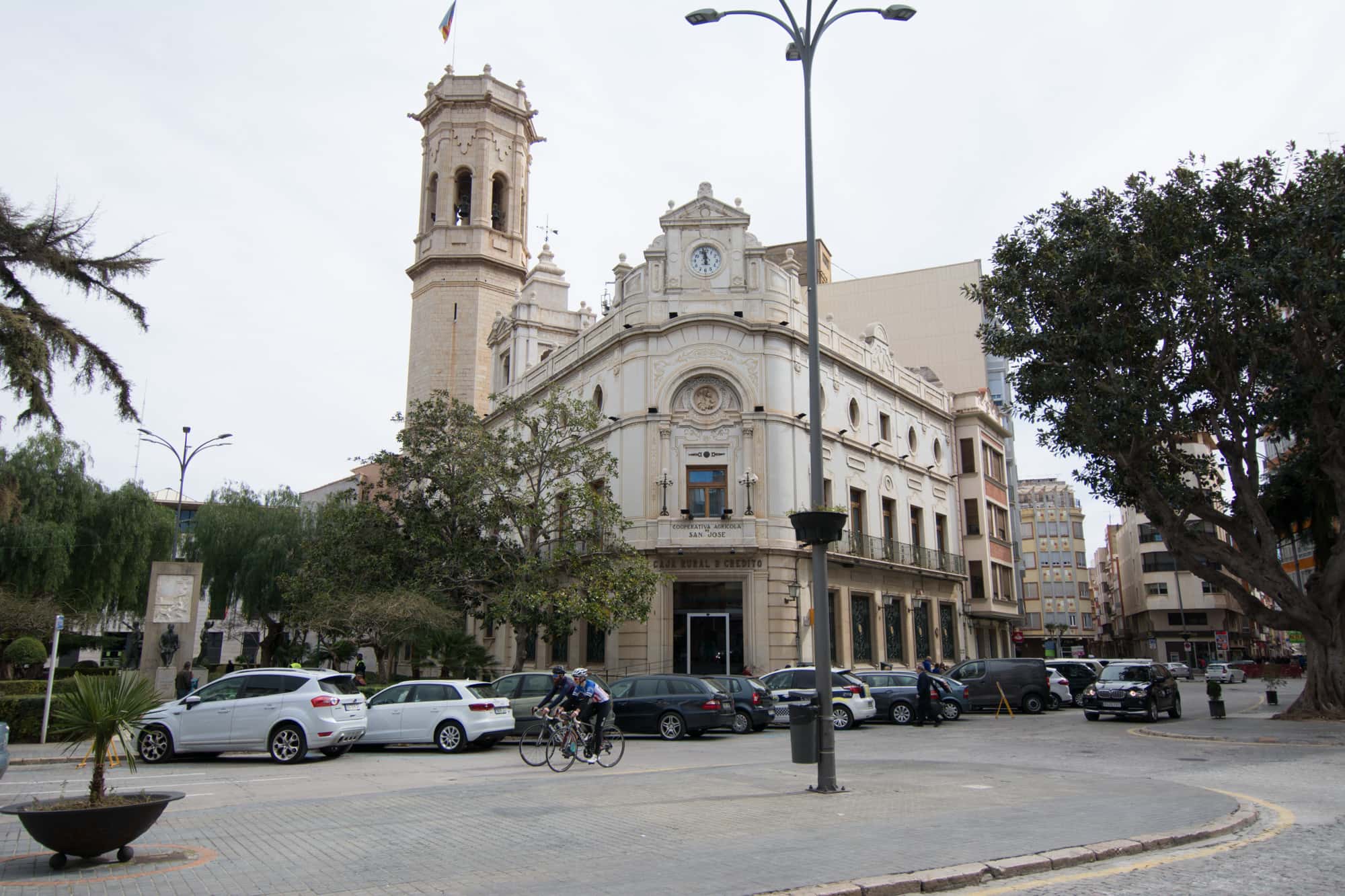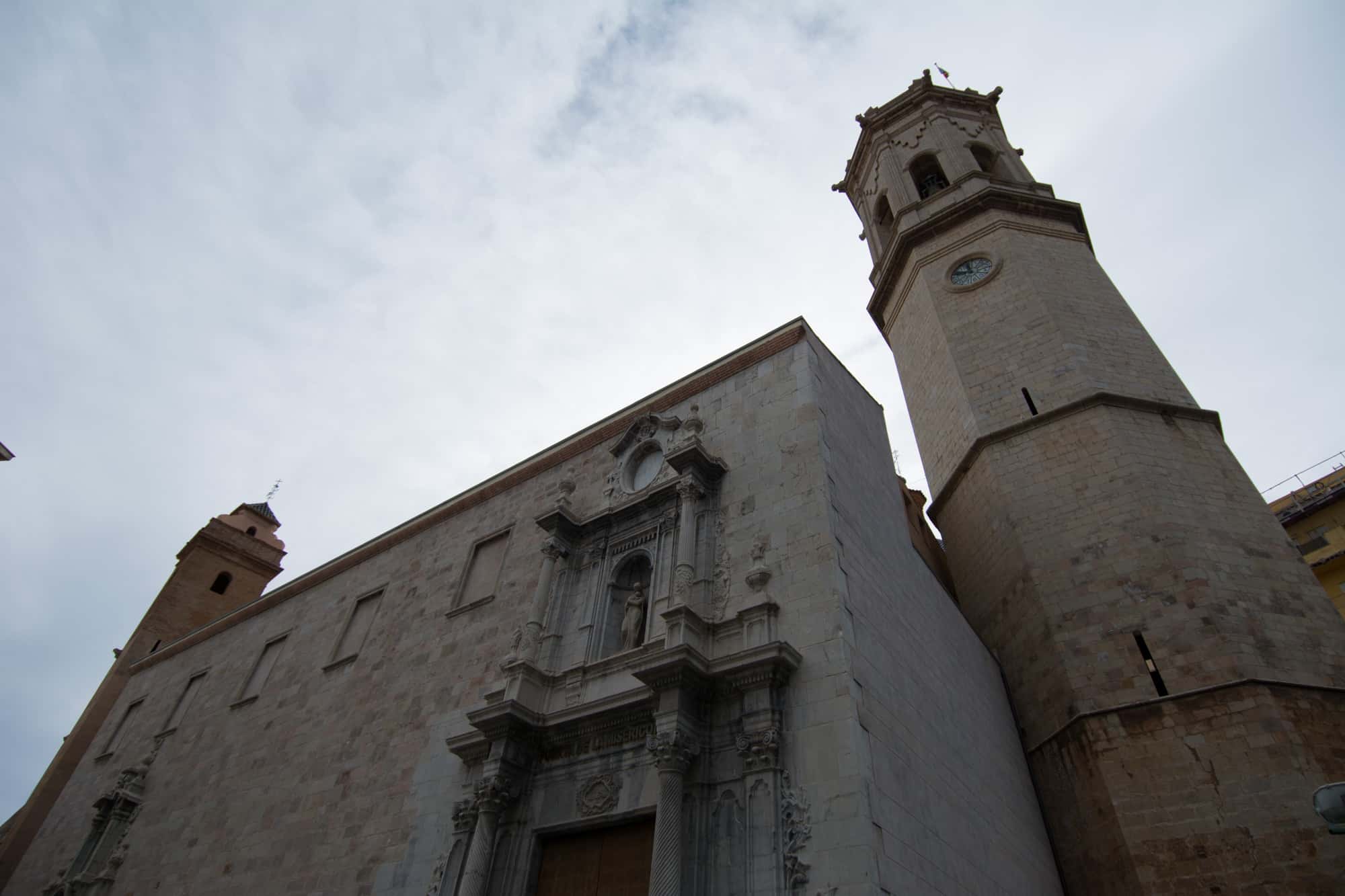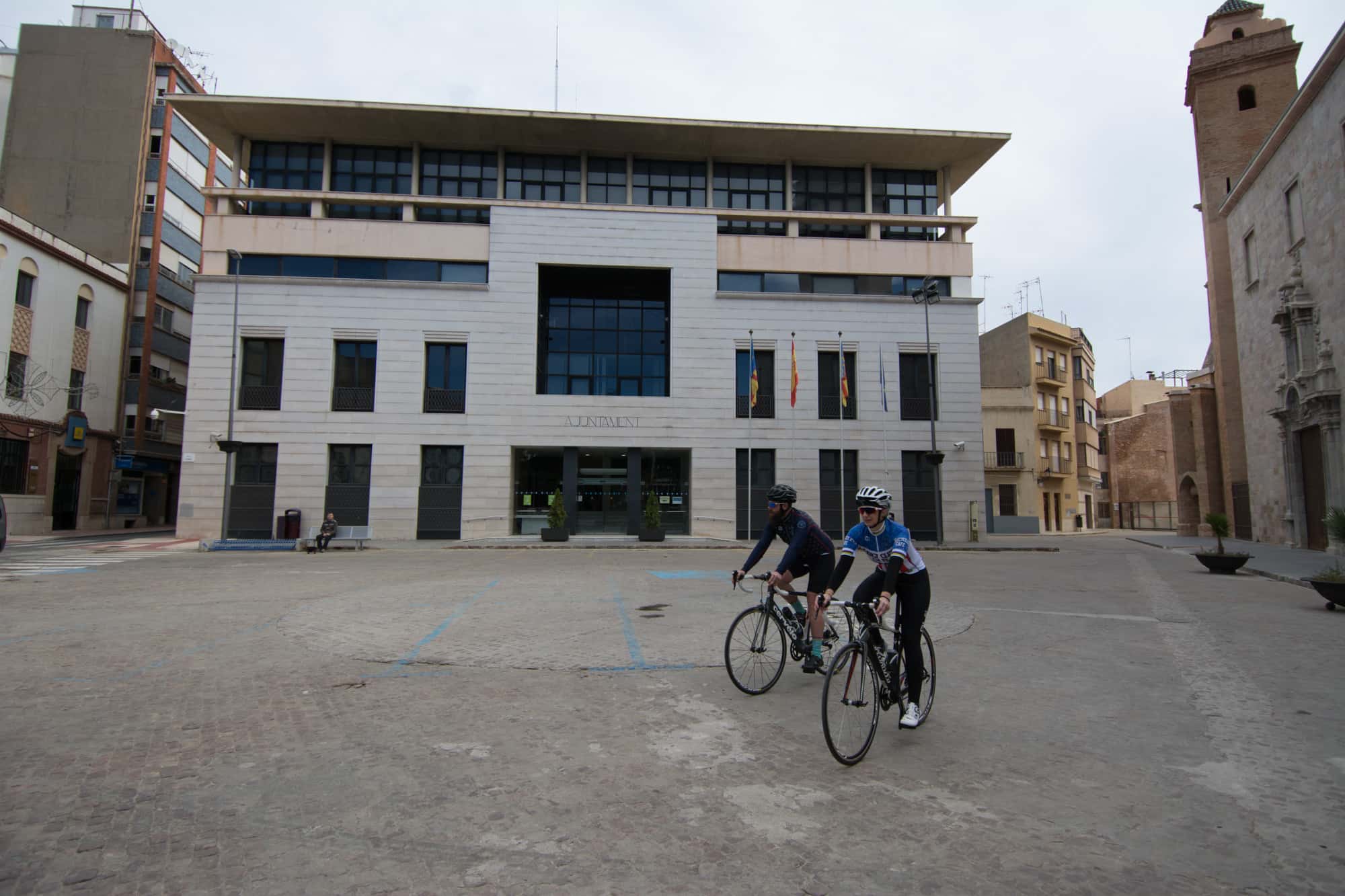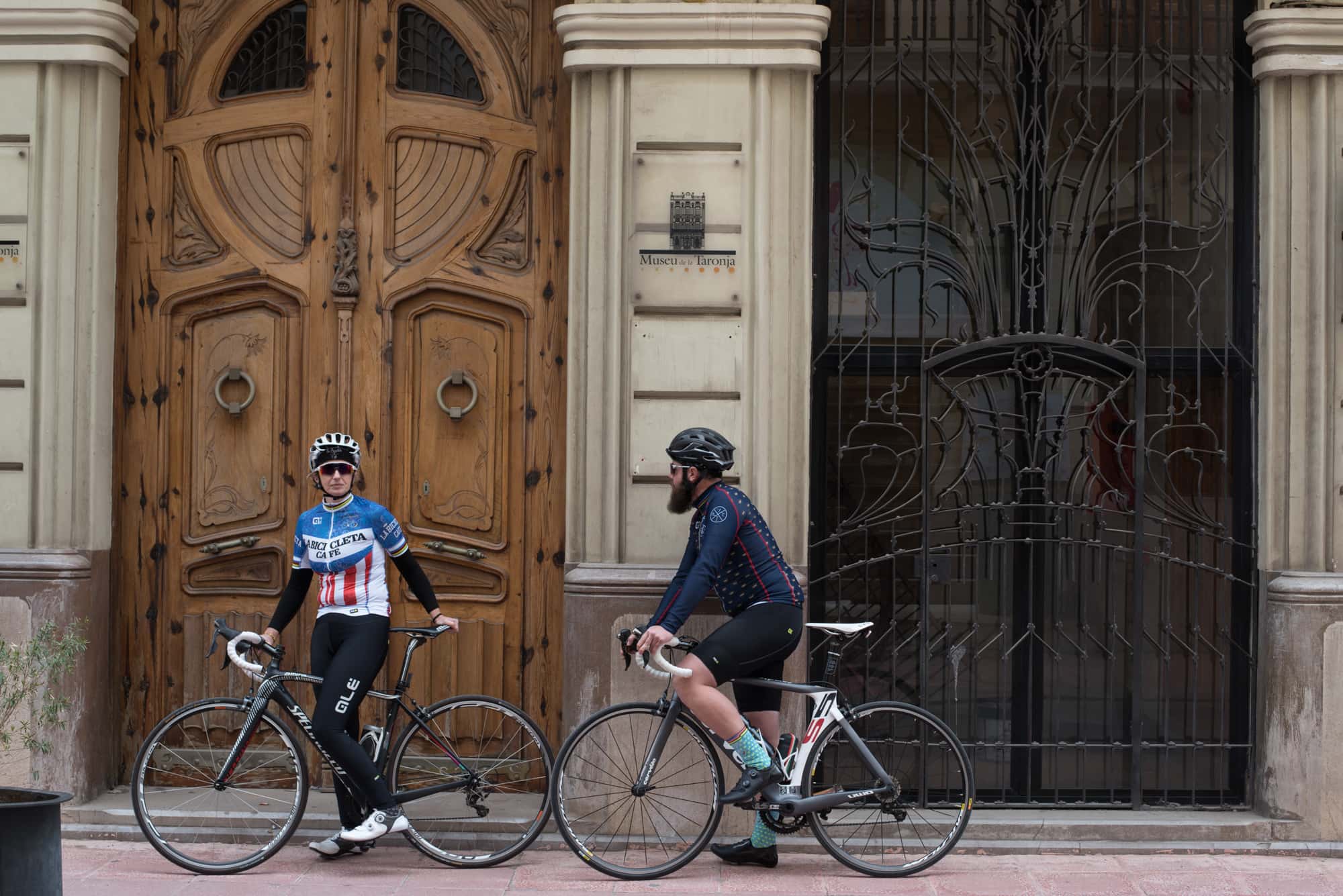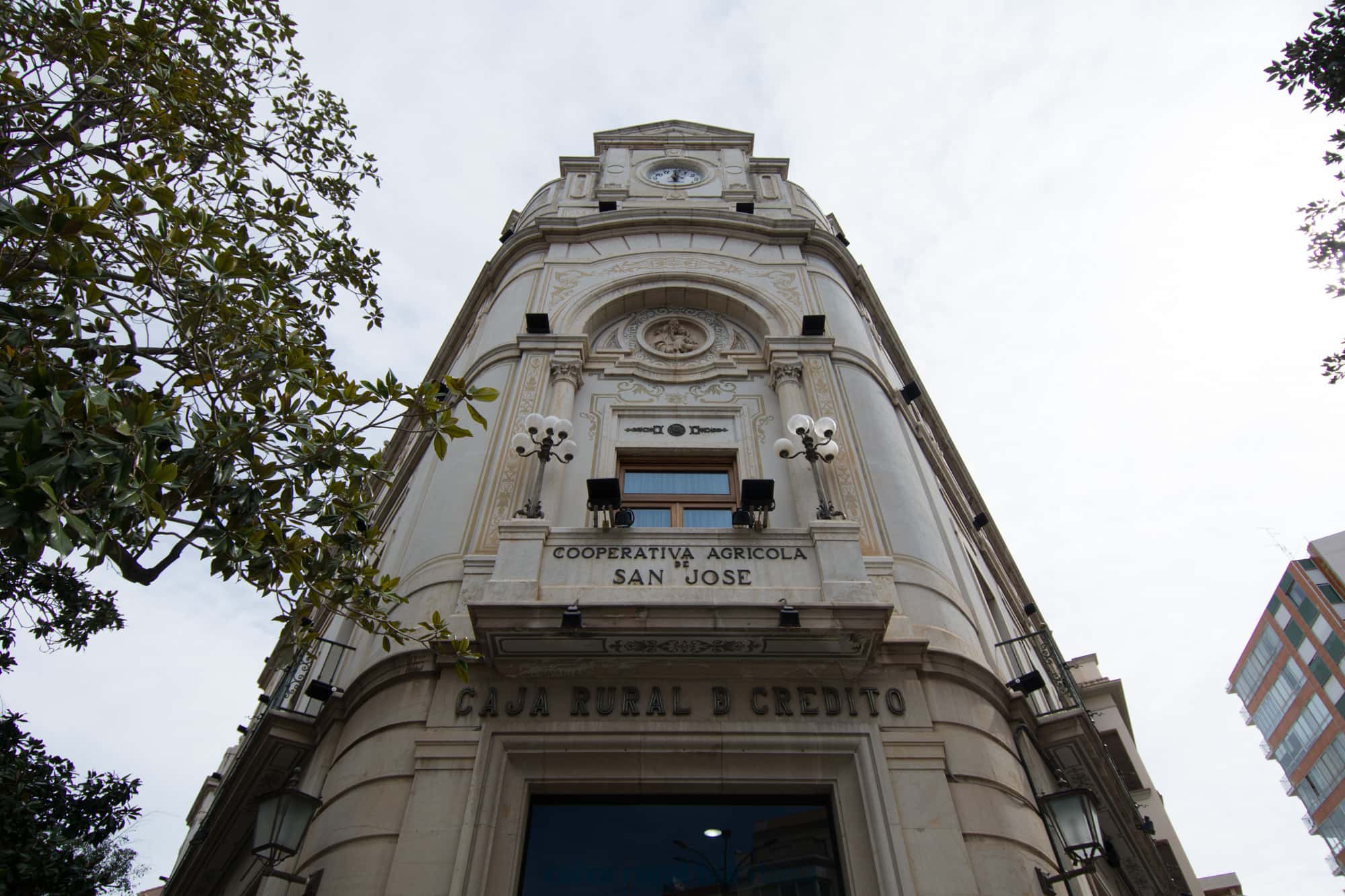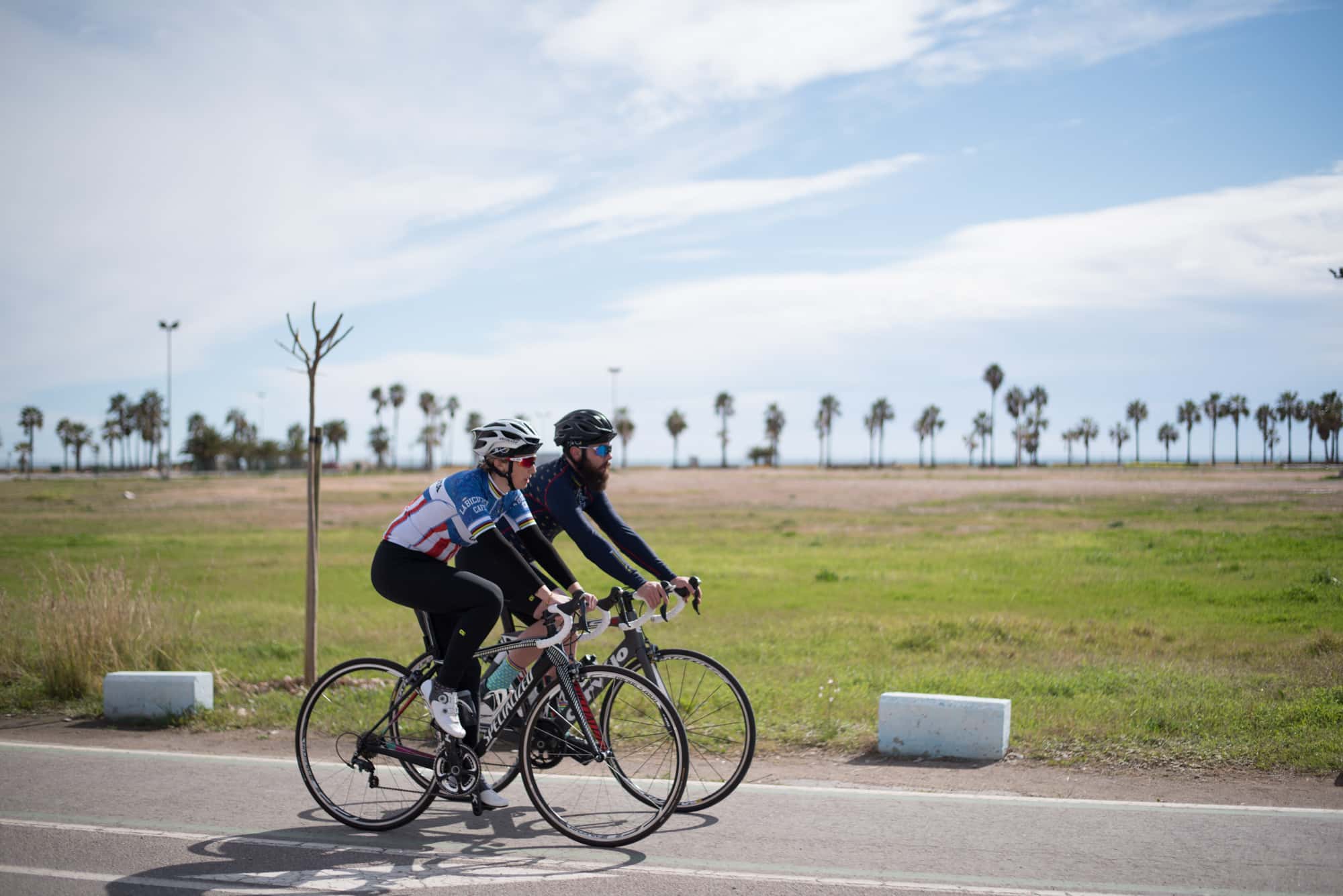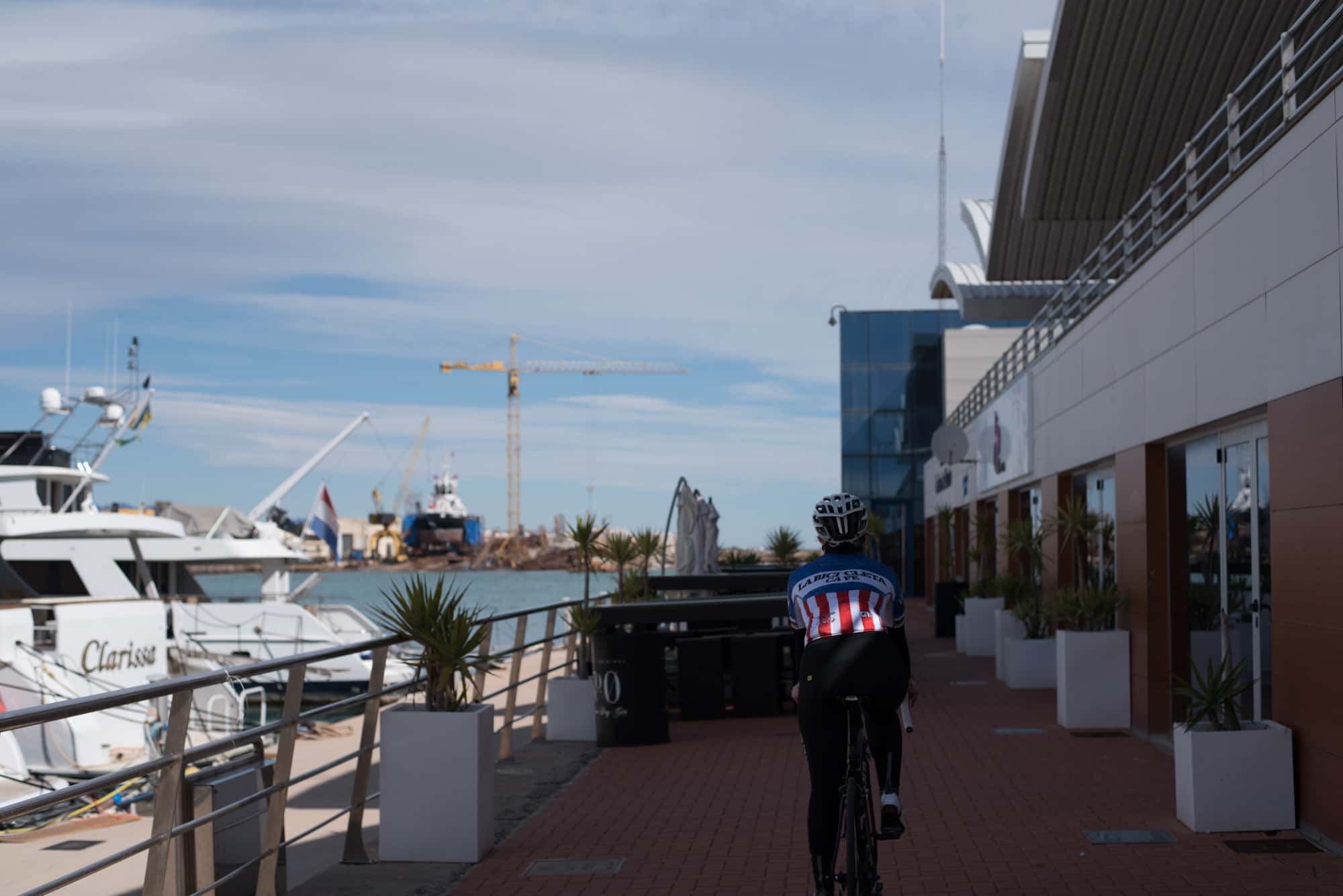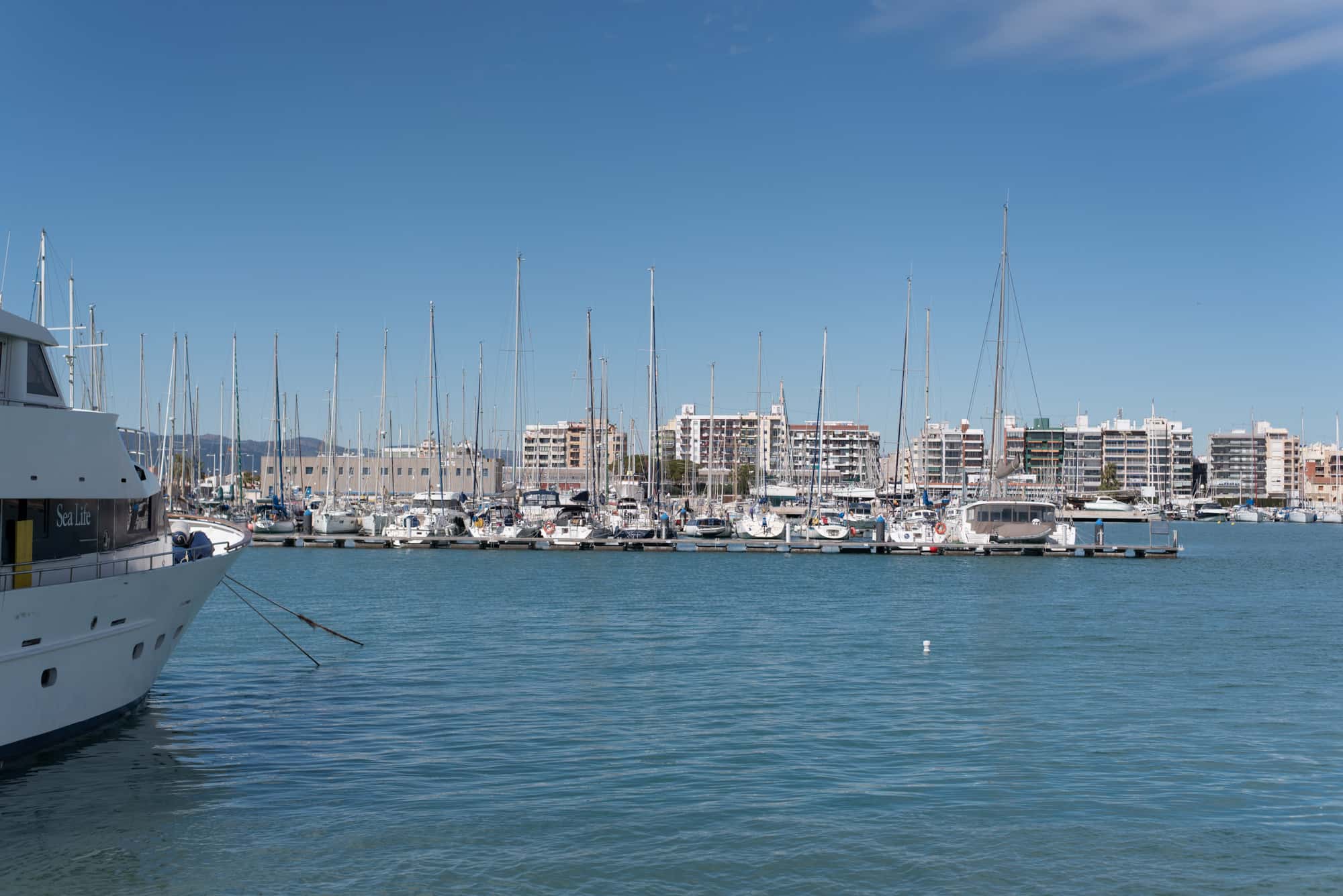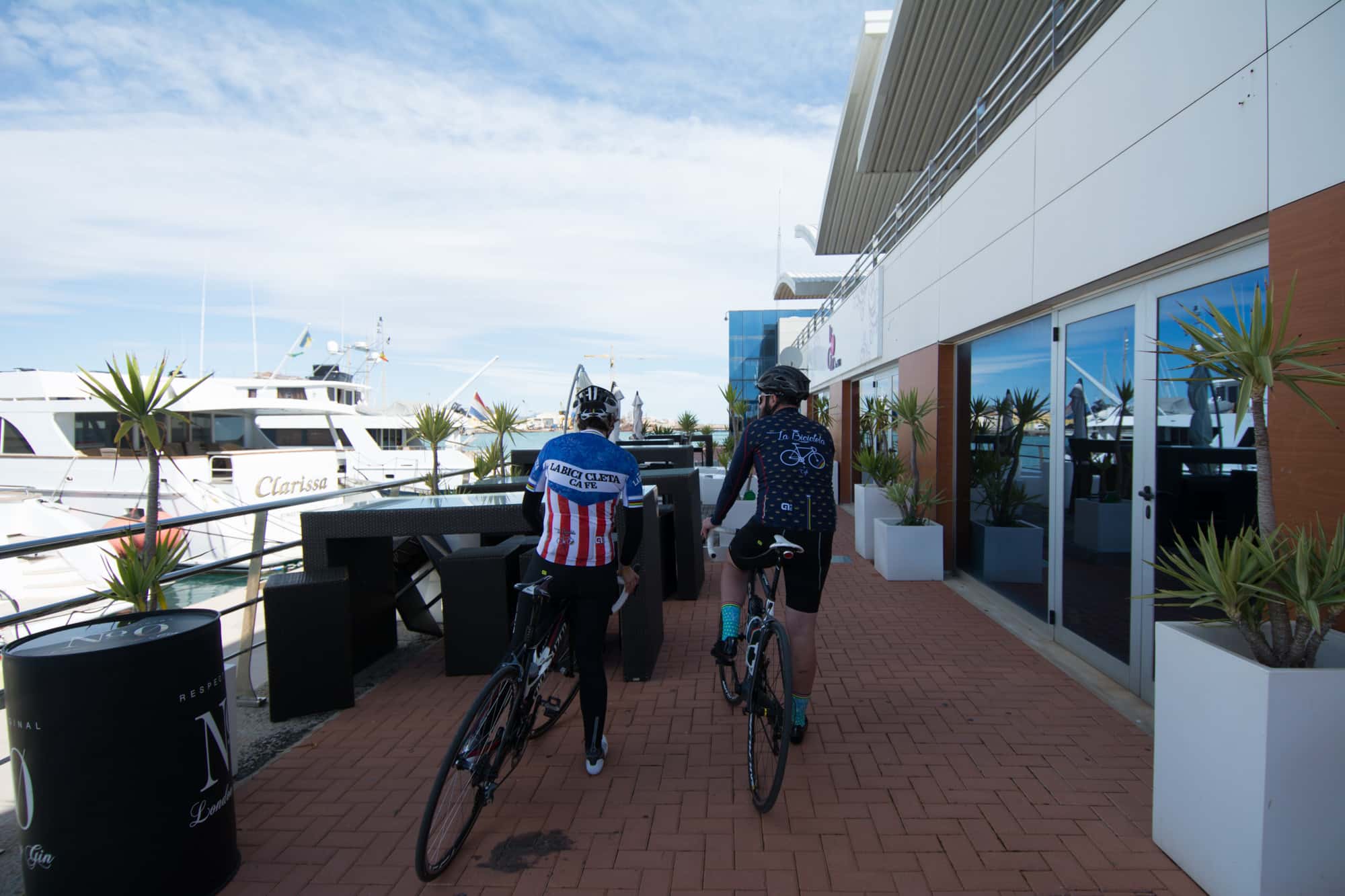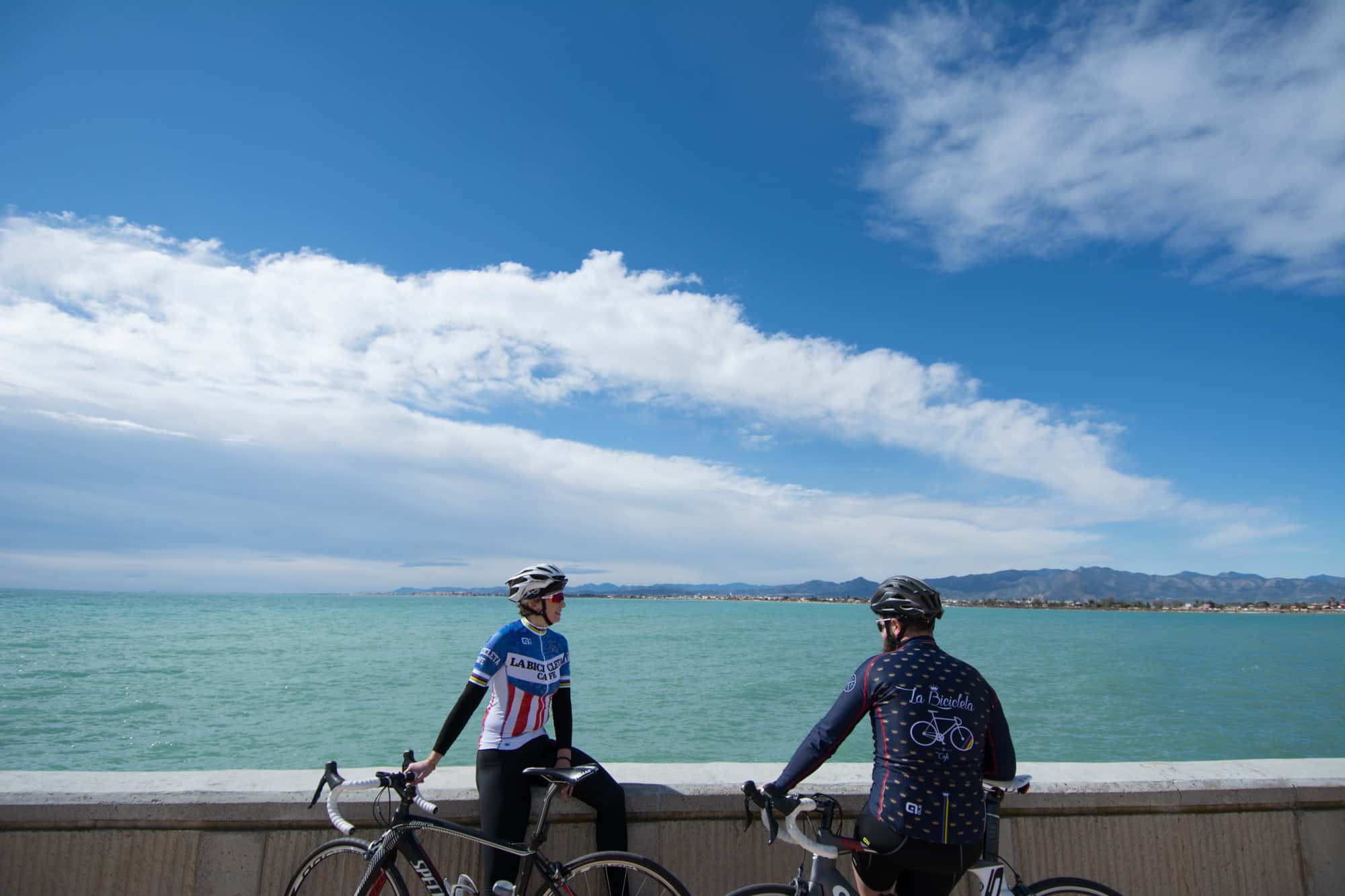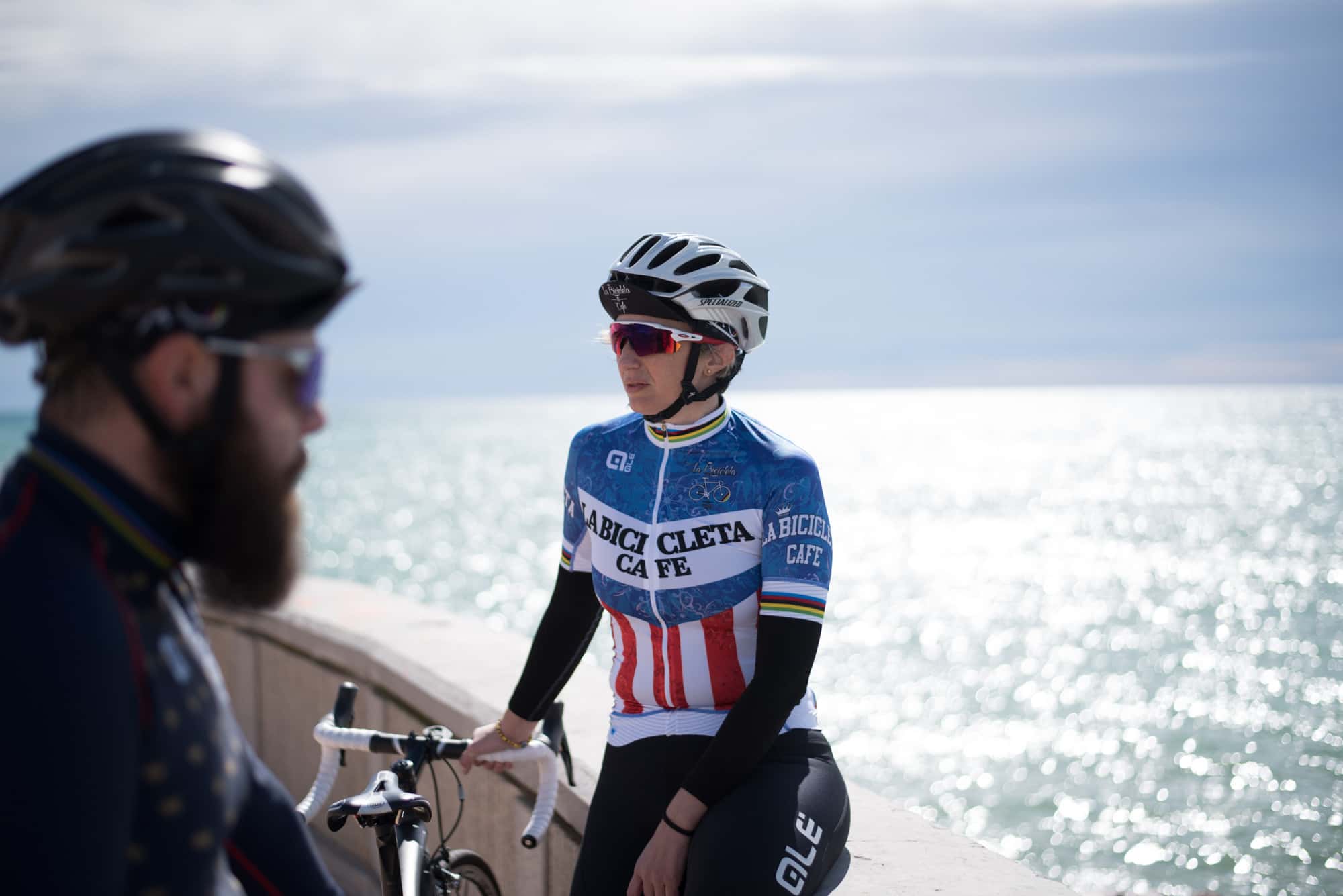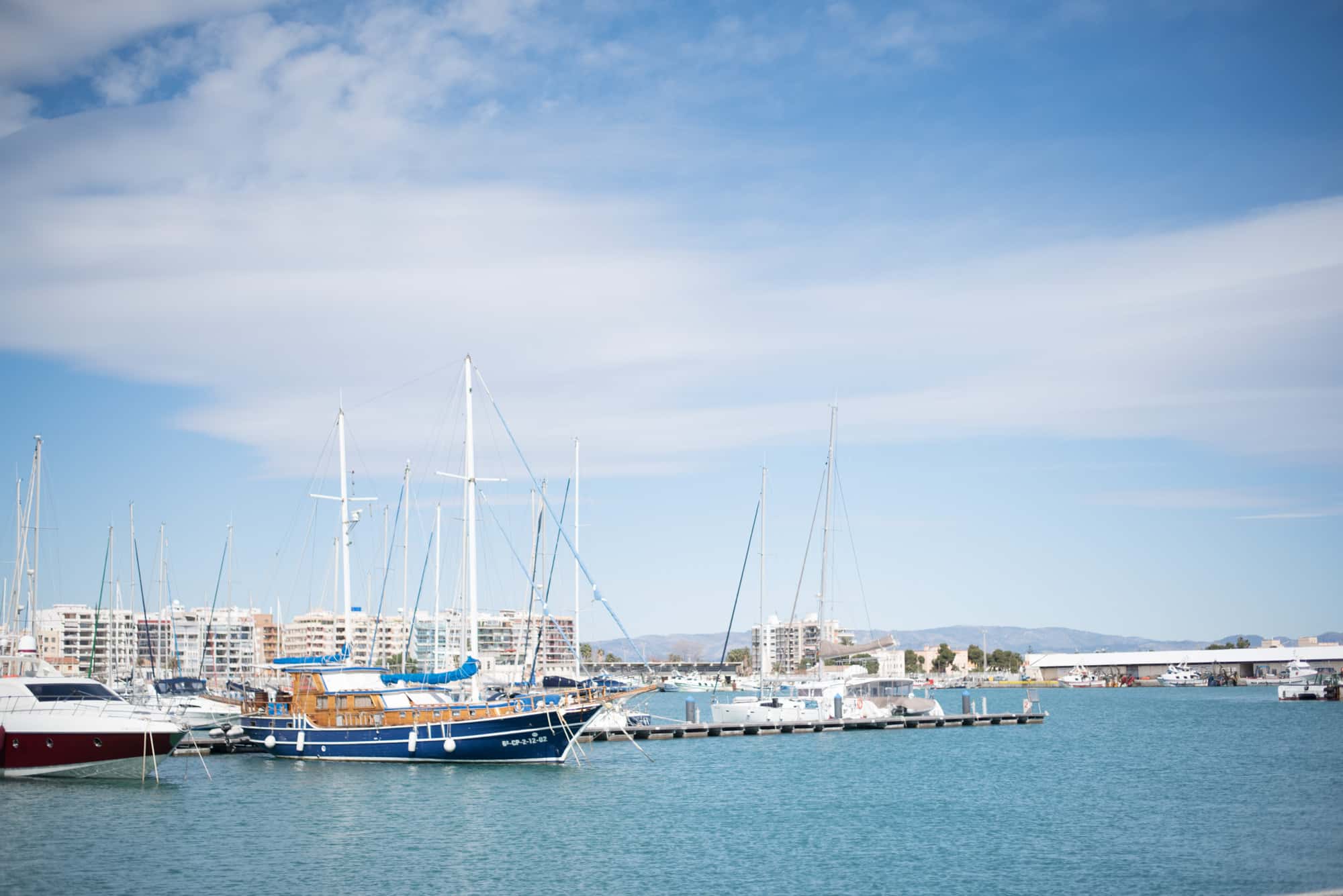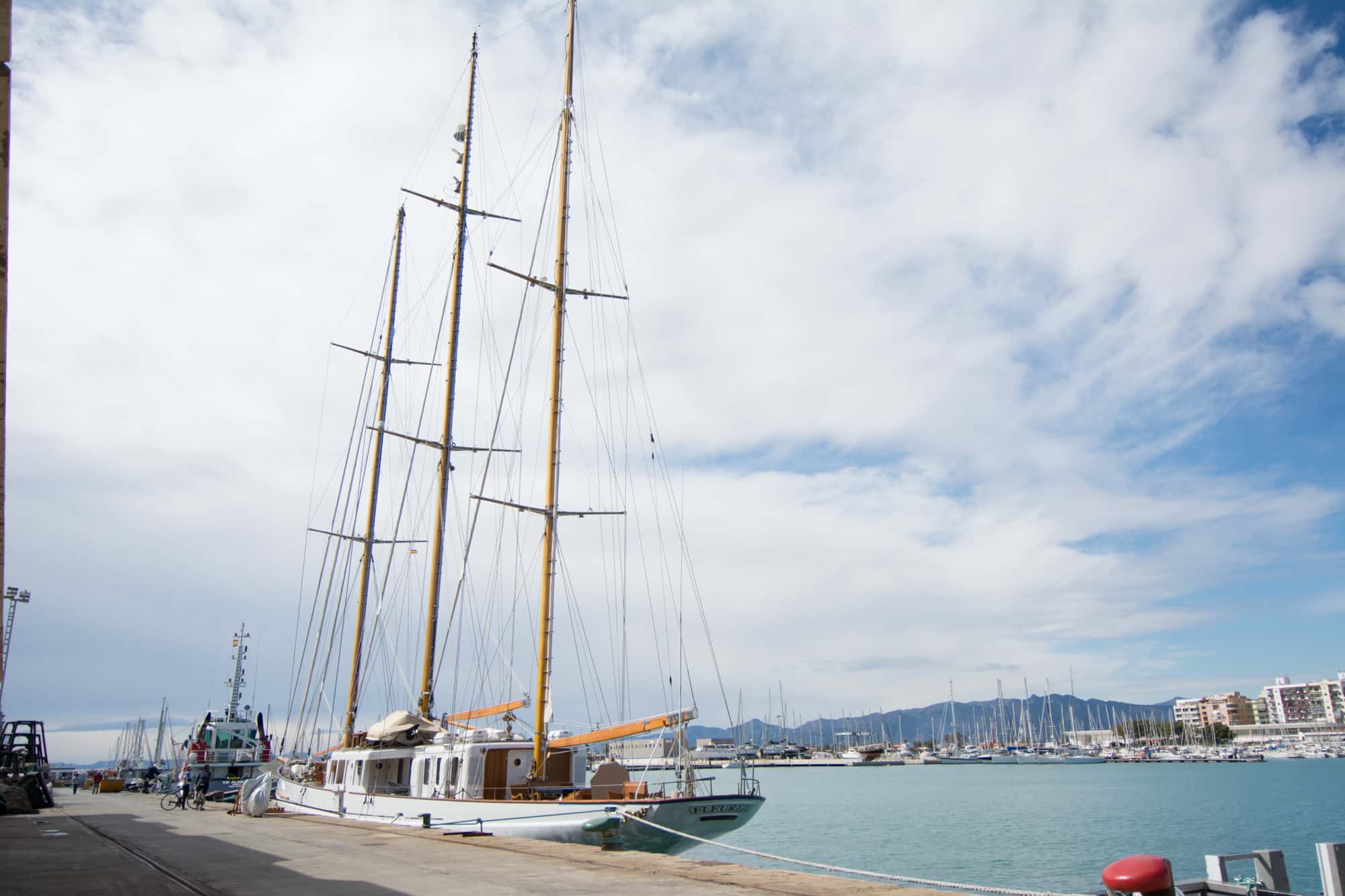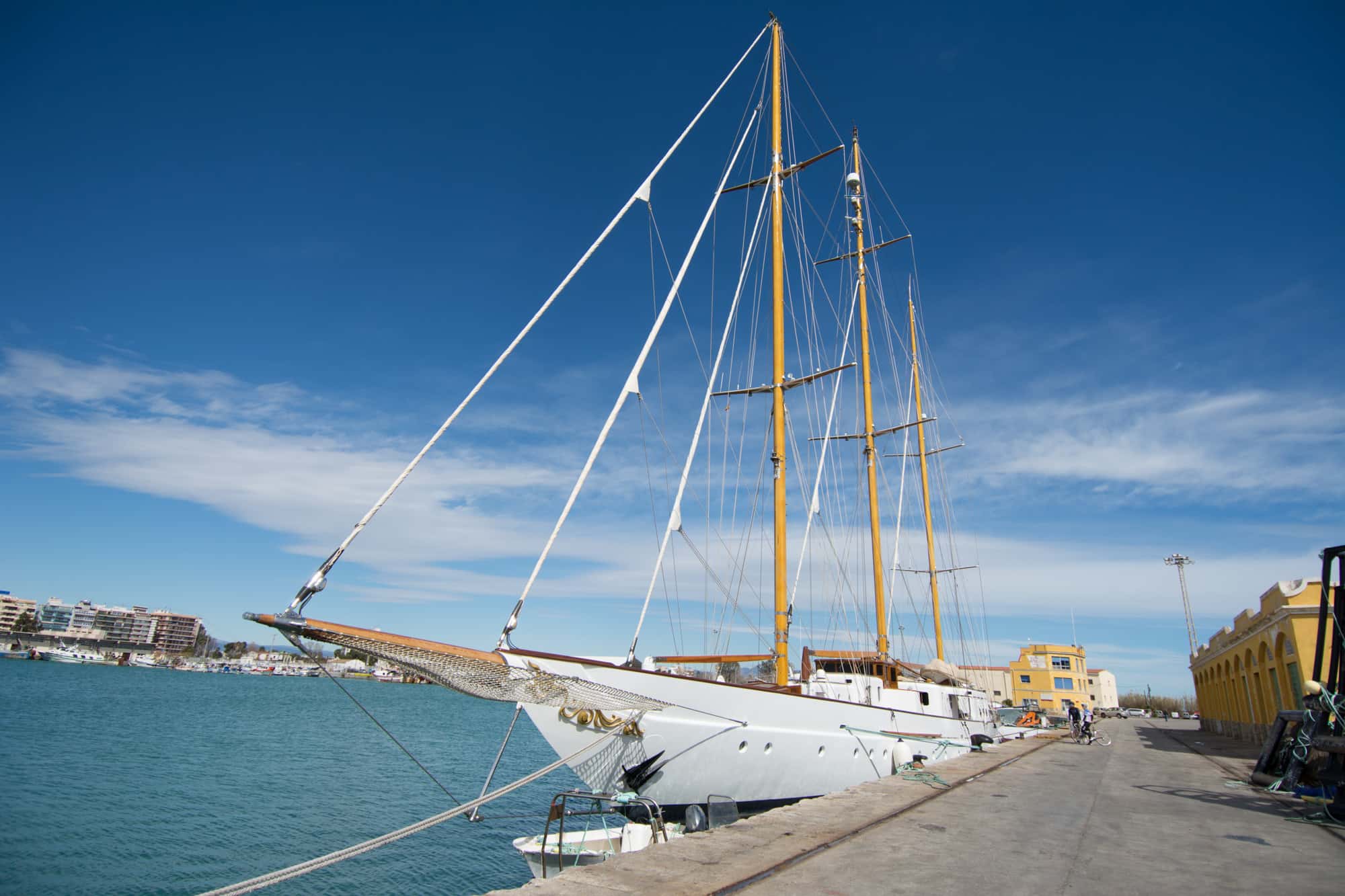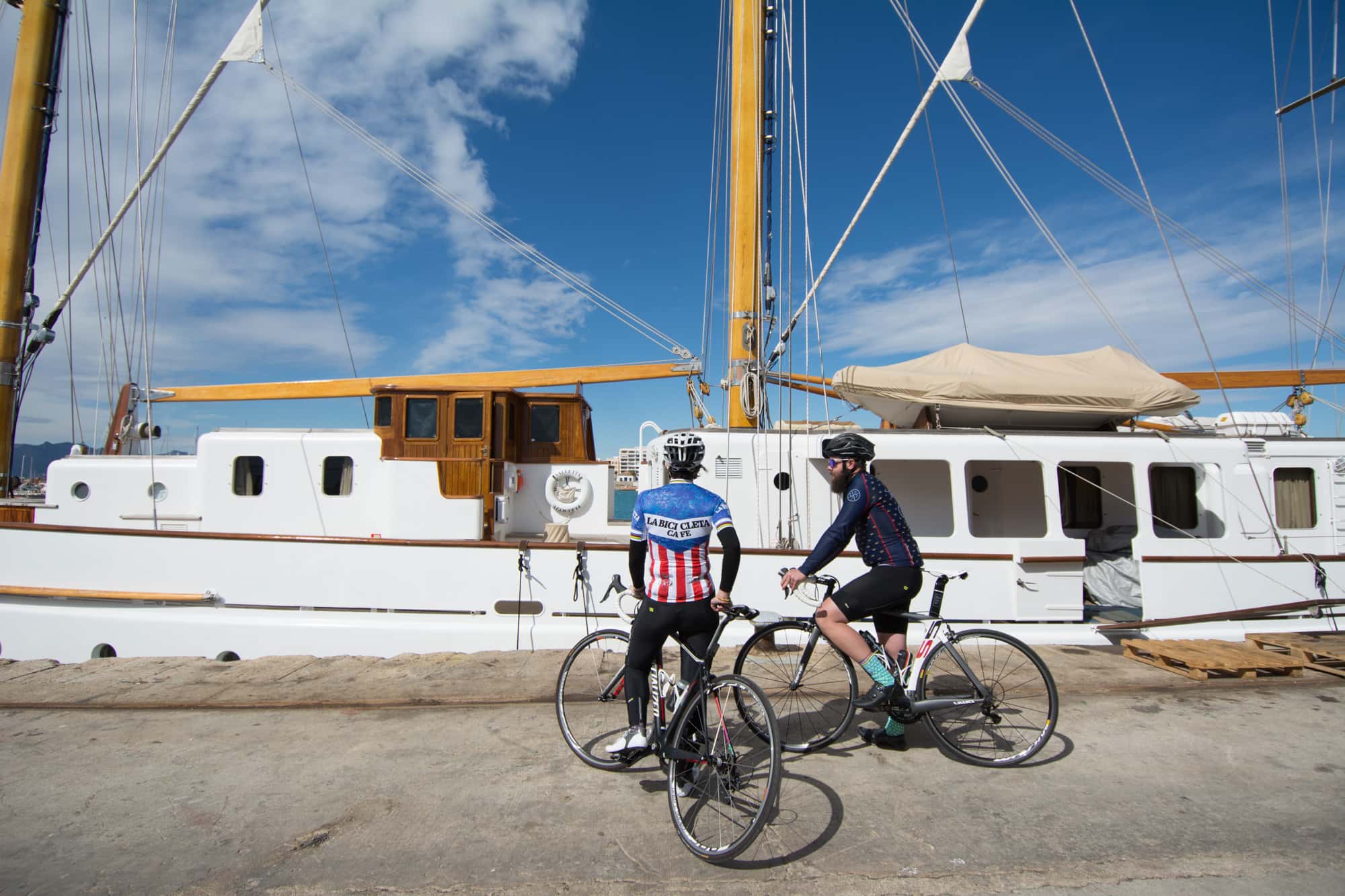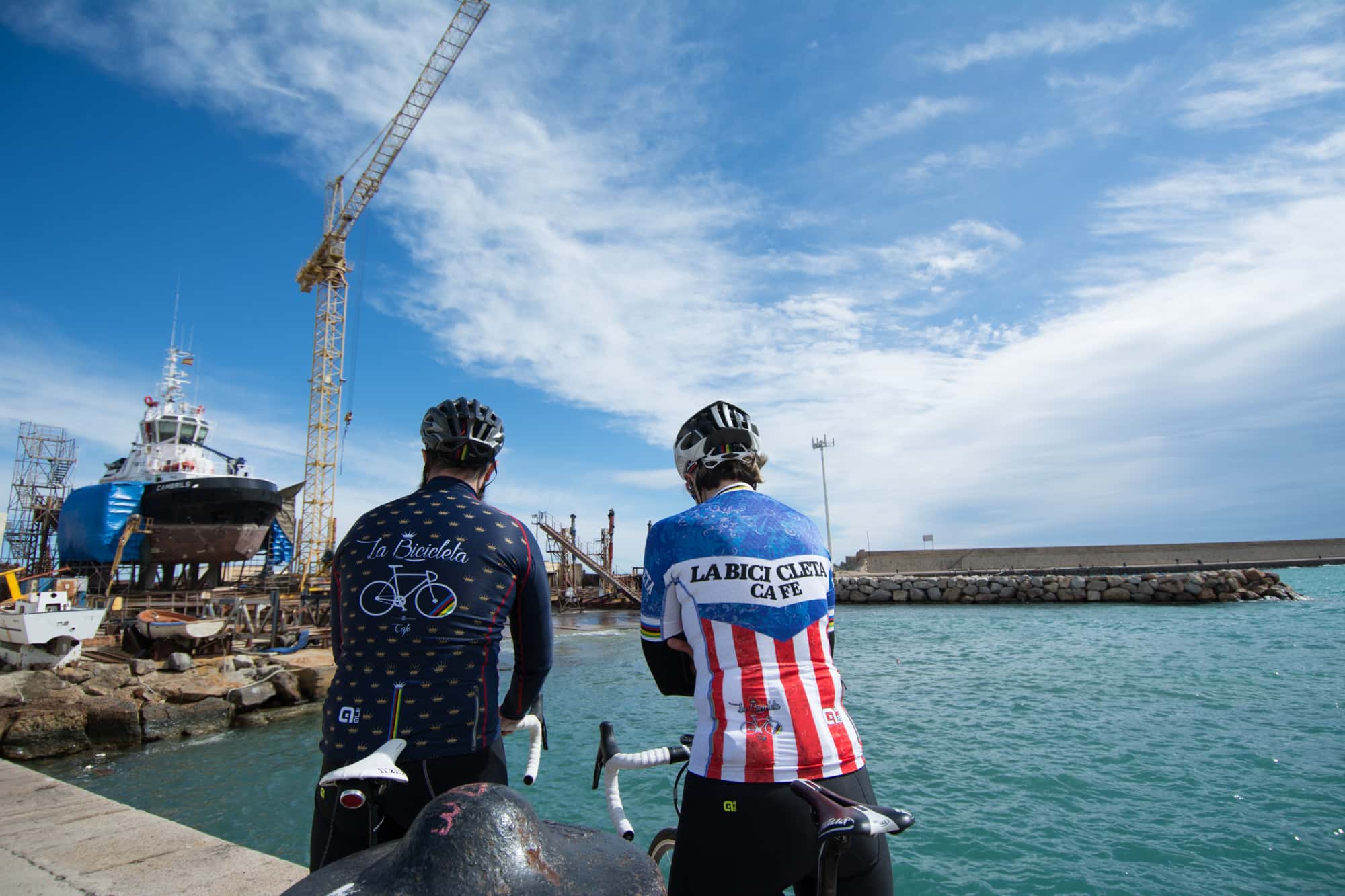Видео
Население
We are now in Borriana, a municipality in the Plana Baja region with an excellent location looking out onto the Mediterranean Sea and surrounded by orange trees. Not only does Borriana have a Natural Park, but it also has a fishing port, a wonderful marina, a sailing club and an Escola de la Mar sea school, all of which make this a prefect destination for a family getaway. Its most important beach is Arenal, which is home to the music festival Arenal Sound each August, welcoming thousands of people.
Historically, it has been revealed that this was a settlement of various civilisations who left traces which are now found in the Museo Arqueológico Municipal, the local archaeological museum. However, the city reached its glory in the 9th century when it was an important Arabic stronghold, being named the Green City. The city was conquered in the 13th century by Jaime I and from then it formed part of the western, Christian civilisations. The city walls, which date back to Muslim times, where still intact until the 18th century, when demographic expansion forced them to be demolished. It was not until the 20th century when it was official recognised as a city.
As part of its religious heritage, we recommend visiting the parish church Basílica del Salvador which dates back to the 13th century. It was built in a Gothic style, although it has some Roman influences. In the 15th century the bell tower was built and together they became a National Historic and Artistic Monument. You can also visit one of the few surveillance towers which are still standing, the Torre del Mar, which is found at the mouth of the River Ana, very close to the Clot de la Mare de Deu natural park. You can also visit the 18th century Torre de la Carabona tower next to the Camino del Palmeral trail.
Do not leave Borriana without trying some of its typical rice dishes such as paella, "arroz marjalero" and "arroz a banda". You can try them at Tasca de Ricardo (Escollera de Poniente) next to the port. In the centre of Borriana you can also try traditional dishes at Restaurante Mestral (calle Mayor, 9).
If you want to make the most of the weekend and spend a night in Borriana, we recommend Hotel Beatriz (Artur Perucho y Badía, 30), a basic, very affordable hotel in the centre of the city. If you prefer being on the beach front and hearing the waves as you drift off to sleep, we suggest the Hotel Tere Playa (Camino Ecce Homo, 14D).
Интересные места населенного пункта
Basílica del Salvador parish church: dates back to the 13th century and its bell tower to the 15th century. It was declared as a National Historic and Artistic Monument.
- Torre del Mar: old surveillance tower in the mouth of the River Ana and very close to the Clot de la Mare de Deu Natural Park.
- Clot de la Mare de Deu: a wetland area in the mouth of the River Ana which has a various species of aquatic birds.
- Torre de la Carabona: a tower next to the Camino del Palmeral trail which dates back to the 18th century.
Маршрут
In Borriana there is a difficult route of over 114 km. Its numerous mountain passes and rugged terrain make for leg-breaking work which require being in good physical shape. This route's itinerary will take you from the beach to the Espadán mountain range, and you will cross from east to west as well as from north to south.
We start the route in the centre of Borriana and we continue along the CV222 until Onda. The road here is almost at sea level, but once you go past Onda and enter the Espadán mountain range, you will be faced with the first mountain pass, Villamalur. The decline from the mountain pass will take you into the town and from there you will face the most difficult mountain pass of the route, where you will reach a maximum height of 832 m above sea level. From there until Matet you can rest your legs along a 6 km decline. When you get there, you will have crossed from the east to the west of the mountains and will have enjoyed its incredible fauna. Now, bordering the western area it is time to reach the southern part of the Natural Park of the Espadán mountain range. The first town you come to will be Algimia de Almonacid, where you will be able to recover along a flat road and enter the heart of the mountains before climbing the Eslida mountain pass. This has inclines of up to 12% and a lot of effort will be needed for the uphill section of 5km. Soon you will recover along the decline which leads you to Alcudia de Veo. You go past Aín, and along a downhill section you will get to Eslida and its mountain pass, which may pose some difficulties because of its steepness. Now, when almost leaving the mountain range, you will climb another steep slope which will take you to the road which borders the south of the Espadán mountain range, the CV230. From here until the end of the route you will be on favourable terrain, passing through Vall d’Uixó and Nules. When you finally get back to Borriana again you will be able to enjoy the scenery of its beaches.
Интересные места маршрута
- Onda Castle (Km 17.6): an original building from the Muslim period in the 10th century, built on top of a Roman settlement. Throughout the years, this has been reconstructed so many times that hardly any of its original structure can be seen. It became known as the 300 tower castle because of its grandeur, this has led it to be named as a Site of Cultural Interest and a Historic-Artistic Site. Currently it houses a museum which has an exhibition on Muslim plasterworks.
- Villamalur (Km 36.2): less than 70 inhabitants live in this small municipality in Alto Mijares. It is located on an elevated mount in the Espadán Natural Park, making it a hill and irregular village. Its castle is still standing, as various surveillance towers which still on an elevated mountain close to the village.
- Algimia de Almonacid (Km 51.8) : a municipality nestled on the western slope of the Espadán mountain range, as such it is a rugged terrain at a high altitude. Besides the religious monuments which can be seen there, natural landscapes are also worth a visit.
- Castillo de Eslida (Km 72.3): a medieval castle which dates back to the Muslim period. This reigns over the town as it is situated on the peak, from which the whole town can be observed. A large part of it is currently in ruins, but it is known that this was a relevant place due to the town's importance.
- La Vall d’Uixó (Km 96.4): located in a valley just a few kilometres from the Mediterranean coast is home to more than 30,000 inhabitants. The history and importance of the city during Roman times has left various monuments which can be visited such as the castle, the old surveillance towers, more than seven chapels and a church, as well as an important cultural heritage in the Cuevas de San José caves.
Гастрономия
- Tasca de Ricardo (Escollera de Poniente): this specialises in rice dishes and seafood.
- Restaurante Mestral (calle Mayor,9)
Размещение
- Hotel Beatriz (Artur Perucho y Badía, 30): a basic hotel at a very affordable price in the centre of Borriana.
- Hotel Tere Playa (Camino Ecce Homo, 14D). A very affordable hotel on the beach front.
